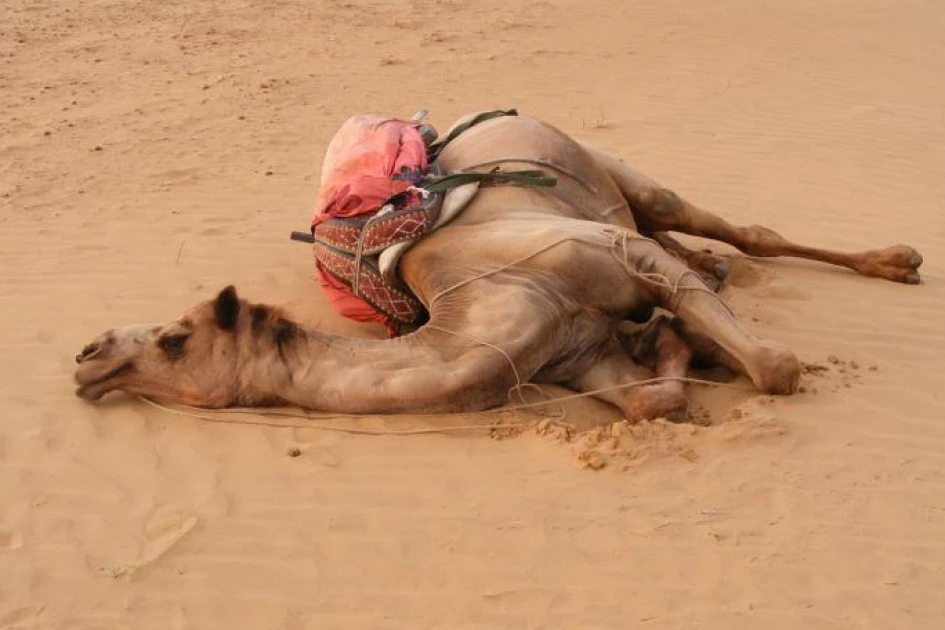Unidentified camel disease threatens livestock in Marsabit

A mysterious disease has struck camels in Hurri Hills, North Horr Constituency, Marsabit County, killing at least 20 animals within a week and leaving many others critically ill.
The outbreak has caused panic among herders, who fear losing their remaining livestock without urgent veterinary assistance.
Hurri Hills Senior Chief Bonaya Godana has called for immediate intervention.
“We appeal to government vets and other experts to come to the rescue of our camels before we lose all of them,” he said.
He noted that logistical challenges have made it difficult for veterinary officers to reach the affected area, leaving herders desperate for solutions.
At least 20 more camels are in critical condition, raising fears that the death toll could rise further.
While the exact cause of the disease remains unknown, herders suspect it could be a bacterial or viral infection.
The affected camels show symptoms such as thick white nasal discharge, labored breathing, teary eyes, swollen lymph nodes, immobility, and death within three to four days.
Mzee Dido Guyo, a veteran herder, has suffered heavy losses.
“We wonder what will become of our families if we lose even the few animals that survived the devastating drought,” he said during an interview with Daily Nation.
Between March 16 and March 20, he lost nine camels, while three other herders reported losing 11. With 12 children, including four in university and three in high school, he fears losing his only source of income and food.
Camel milk is a vital part of the diet in the region, especially for children and the elderly.
The outbreak has disrupted this essential supply, worsening food insecurity and malnutrition.
Hurri Hills was one of the hardest-hit areas during the 2021-2022 drought, which killed hundreds of livestock and left many families struggling with malnutrition and school dropouts.
Similar cases have been reported in the past. In 2024, at least 195 camels, most of them pregnant, either died or suffered stillbirths in the Korka sub-location. In 2020, about 100 camels perished in El Hadhi after drinking contaminated water.
Previous outbreaks in Kenya, Ethiopia, and Somalia in 2020 and 2022 linked camel deaths to Mannheimia haemolytica, a bacterial infection affecting the lungs.
Sudden weather changes have also been associated with camel deaths, with extreme heat followed by heavy rains causing hypothermia-like symptoms.
